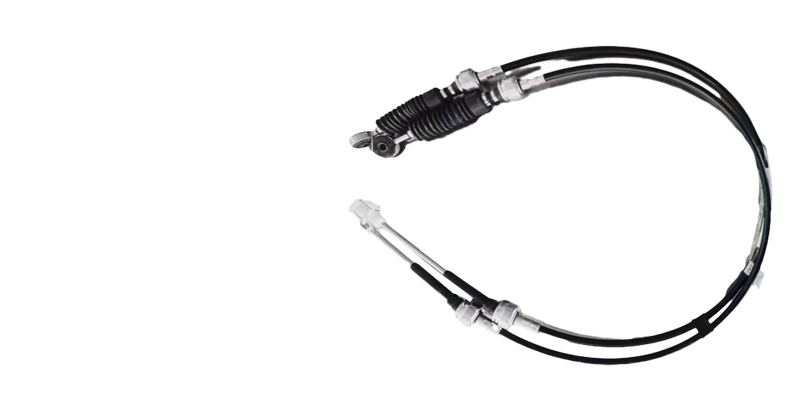hand brake cable
Understanding Hand Brake Cables Components, Functionality, and Maintenance
The hand brake, also commonly known as the emergency brake or parking brake, is an essential component in automotive safety. Among its crucial parts is the hand brake cable, an often-overlooked piece of the vehicle's braking system. This article explores the function of the hand brake cable, its components, and the importance of regular maintenance.
What is a Hand Brake Cable?
The hand brake cable is a strong wire or cable that connects the hand brake lever inside the vehicle to the brake components on the rear wheels. Its primary role is to engage and disengage the rear brakes when the driver pulls or releases the hand brake lever. This mechanism allows the vehicle to remain stationary when parked and provides additional stopping power in emergencies.
How Does it Work?
When the hand brake lever is pulled, a series of mechanical actions take place. The lever is connected to a cable that runs through a sheath, leading to either one or two brake calipers or drums at the rear wheels. The pulling of the lever creates tension in the cable, which, in turn, activates the brake system. The force is transferred to either a brake shoe or caliper, forcing it against the brake drum or rotor, thus stopping the wheel from turning.
When the lever is released, the cable slackens, allowing the brakes to disengage, and the vehicle can move freely. This straightforward yet effective mechanism showcases the importance of the hand brake cable in a vehicle's overall functionality.
Signs of Wear and Tear
hand brake cable

Like all vehicle components, hand brake cables can suffer wear and tear over time
. Drivers should remain vigilant for several warning signs indicating that the cable may need inspection or replacement. Common symptoms include1. Increased Effort to Engage the Hand Brake If you find it requires more force than usual to pull the hand brake lever, this might indicate a frayed or weakened cable. 2. Hand Brake Warning Light If the warning light on the dashboard stays illuminated despite the brake being fully engaged, it could indicate a problem with the hand brake mechanism, including the cable.
3. Unusual Noises A squeaking or grinding sound when engaging the hand brake may suggest that the cable is fraying or has become misaligned.
4. Slippage If the vehicle rolls when the parking brake is engaged, the cable may have lost tension or broken altogether.
Importance of Regular Maintenance
Regular maintenance of the hand brake cable is crucial for automotive safety. Drivers should incorporate checks on the hand brake system into their routine vehicle inspections, particularly before long trips. Mechanics typically recommend inspecting the cable for signs of corrosion, fraying, or excessive slack. Keeping the hand brake system in good condition not only enhances vehicle performance but also ensures safety by providing reliable braking power.
Conclusion
In summary, the hand brake cable plays a vital role in a vehicle’s braking system. Understanding its purpose and signs of wear can help drivers maintain their vehicles effectively. Regular inspections and timely replacements can avert potential hazards on the road, ensuring that the hand brake operates smoothly whenever needed. By paying attention to this critical component, you can contribute to your vehicle's safety and longevity. Always prioritize maintenance and consult professionals when in doubt to keep your hand brake system functioning optimally.
-
Upgrade Your Vehicle with High-Quality Handbrake CablesNewsNov.01,2024
-
Optimize Your Bike's Performance with Quality CablesNewsNov.01,2024
-
Enhance Your Vehicle's Performance with Quality Clutch ComponentsNewsNov.01,2024
-
Elevate Your Vehicle's Performance with Quality Throttle CablesNewsNov.01,2024
-
Elevate Your Vehicle's Performance with Quality CablesNewsNov.01,2024
-
Affordable Solutions for Your Cable NeedsNewsNov.01,2024
